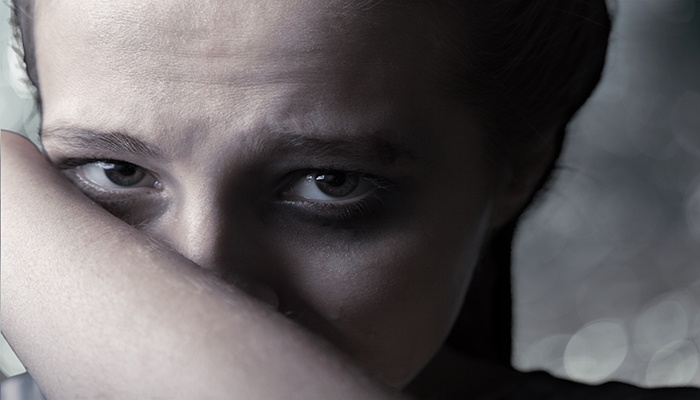Anxiety is a universal human experience, but it doesn’t always wear the same face. For some, it’s a fleeting sense of nervousness before a big presentation. For others, it’s a persistent and overwhelming force that disrupts daily life. The many faces of anxiety reveal just how complex and diverse this emotional state can be—manifesting in different forms, intensities, and patterns. Understanding these variations is essential for recognizing anxiety in ourselves and others, and for finding the right path toward healing.
Everyday Anxiety vs. Anxiety Disorders
Everyone feels anxious from time to time. It’s a natural response to stress or danger and can actually be helpful in certain situations by heightening awareness and preparing the body for action. This kind of situational anxiety is usually temporary and resolves once the stressor passes. However, when anxiety becomes chronic, excessive, and difficult to control, it may signal an anxiety disorder.
Anxiety disorders are the most common mental health conditions worldwide, affecting hundreds of millions of people. They encompass several specific diagnoses, each with its own symptoms and triggers, but all involve persistent and excessive fear or worry.
Generalized Anxiety Disorder (GAD)
One of the most common forms is Generalized Anxiety Disorder (GAD). People with GAD experience ongoing and excessive worry about everyday things such as health, work, relationships, or finances. This worry often feels uncontrollable and is accompanied by physical symptoms like restlessness, fatigue, muscle tension, and difficulty concentrating. The fear is rarely tied to a specific situation and instead permeates most aspects of life.
Panic Disorder
Another distinct form is Panic Disorder, which involves sudden and repeated episodes of intense fear, known as panic attacks. These attacks can occur unexpectedly and are often accompanied by physical symptoms such as chest pain, heart palpitations, shortness of breath, dizziness, and a sense of impending doom. Because the symptoms can mimic those of a heart attack, panic disorder often goes undiagnosed or misdiagnosed, leading to increased distress.
Social Anxiety Disorder
Social Anxiety Disorder centers on a fear of being judged, embarrassed, or rejected in social situations. Individuals with this condition may avoid speaking in public, attending parties, or even engaging in casual conversations. The anxiety isn’t just shyness—it can be so intense that it interferes with work, school, and personal relationships. Physical symptoms like blushing, trembling, or nausea are common in social situations.
Specific Phobias
Then there are Specific Phobias, which involve intense fear of a particular object or situation—like heights, flying, animals, or needles. These fears are out of proportion to the actual danger but can trigger immediate anxiety or panic attacks. People with specific phobias often go to great lengths to avoid the feared stimulus, which can limit their life experiences and create additional stress.
Obsessive-Compulsive Disorder and PTSD
Two related but distinct conditions with strong anxiety components are Obsessive-Compulsive Disorder (OCD) and Post-Traumatic Stress Disorder (PTSD).
OCD involves intrusive, unwanted thoughts (obsessions) and repetitive behaviors or mental acts (compulsions) performed to reduce distress. For example, someone might feel driven to wash their hands dozens of times a day to ease fears of contamination. The anxiety is rooted in a perceived threat, and the compulsions serve as a temporary escape.
PTSD, on the other hand, develops after experiencing or witnessing a traumatic event. People with PTSD may have flashbacks, nightmares, or intense emotional reactions to reminders of the trauma. Anxiety in PTSD can be chronic and is often coupled with avoidance behaviors, hypervigilance, and emotional numbness.
The Physical Face of Anxiety
Anxiety doesn’t only live in the mind—it often reveals itself in the body. Symptoms like headaches, gastrointestinal issues, muscle tension, fatigue, and insomnia are common. Chronic anxiety can even weaken the immune system and increase the risk of cardiovascular problems. These physical effects may mask the true emotional cause, leading individuals to seek help for physical ailments while the underlying anxiety goes unaddressed.
Anxiety in Disguise
Anxiety doesn’t always look like worry or fear. In children, it might manifest as irritability or tantrums. In teens, it could appear as avoidance, perfectionism, or defiance. Adults may mistake their anxiety for chronic stress or burnout. Even within the same person, anxiety can change over time—shifting from social anxiety in adolescence to generalized anxiety in adulthood.
Conclusion: Recognizing the Faces
The many faces of anxiety can make it hard to identify and understand, but awareness is the first step toward relief. Whether it appears as persistent worry, sudden panic, intense social fear, or physical symptoms, anxiety deserves attention and care. With the right support—therapy, medication, lifestyle changes, or a combination—those suffering can find relief and reclaim their lives. Anxiety may have many faces, but none are without hope.







